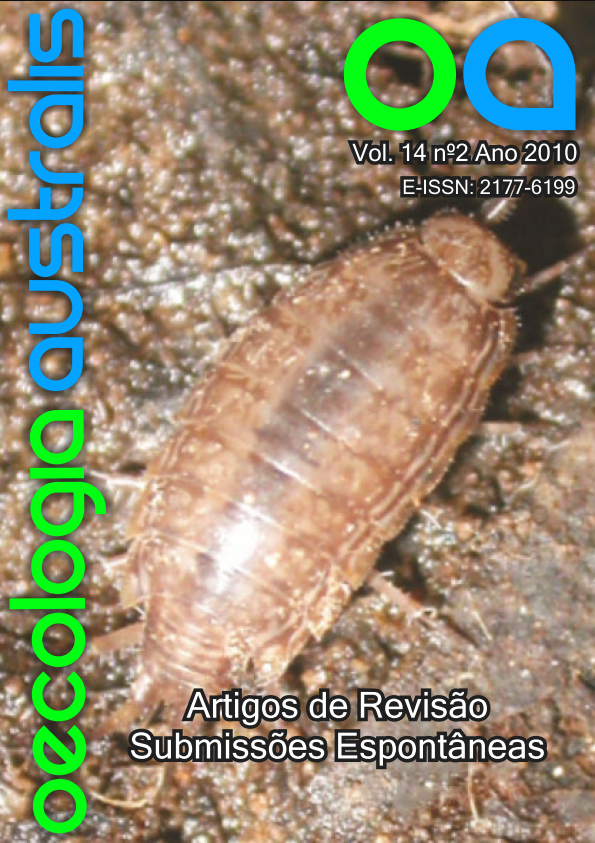EVOLUTIONARY ASPECTS OF CRASSULACEAN ACID METABOLISM
Keywords:
Carbon concentrating mechanisms, photosynthesis, carbon isotope, PEPC, CAM in angiosperms.Abstract
Crassulacean acid metabolism (CAM) is a carbon concentrating metabolism present in more than 30 botanical families. This metabolism is often associated with water stressed environments although it can be found among aquatic plants. CAM's main feature is nighttime stomatal opening and acid accumulation due to CO2 fixation into a four carbon organic acid, often malate. CAM is present among pteridophytes, gymnosperms and angiosperms, in monocotyledonous and dicotyledonous species. Within some families, such as Crassulaceae, Orchidaceae and Bromeliaceae, CAM is widely represented. The genus Clusia has both facultative and constitutive CAM species. Regulation of the diel cycle of CAM hinges on the activation status of phosphoenolpyruvate carboxylase, responsible for fixation of CO2 at night. This enzyme is in turn regulated by phosphoenolpyruvate carboxykinase, a dedicated phosphorylating enzyme which is under circadian control. As CAM is widely distributed among botanical families, its origin is believed to be polyphyletic; however, the evolutionary mechanisms which allowed reappearance of this complex metabolism are not yet understood. Perhaps the answer relies on viewing CAM as a network that evolved by gene duplication from the pre-existing non photosynthetic C4 cycle.


